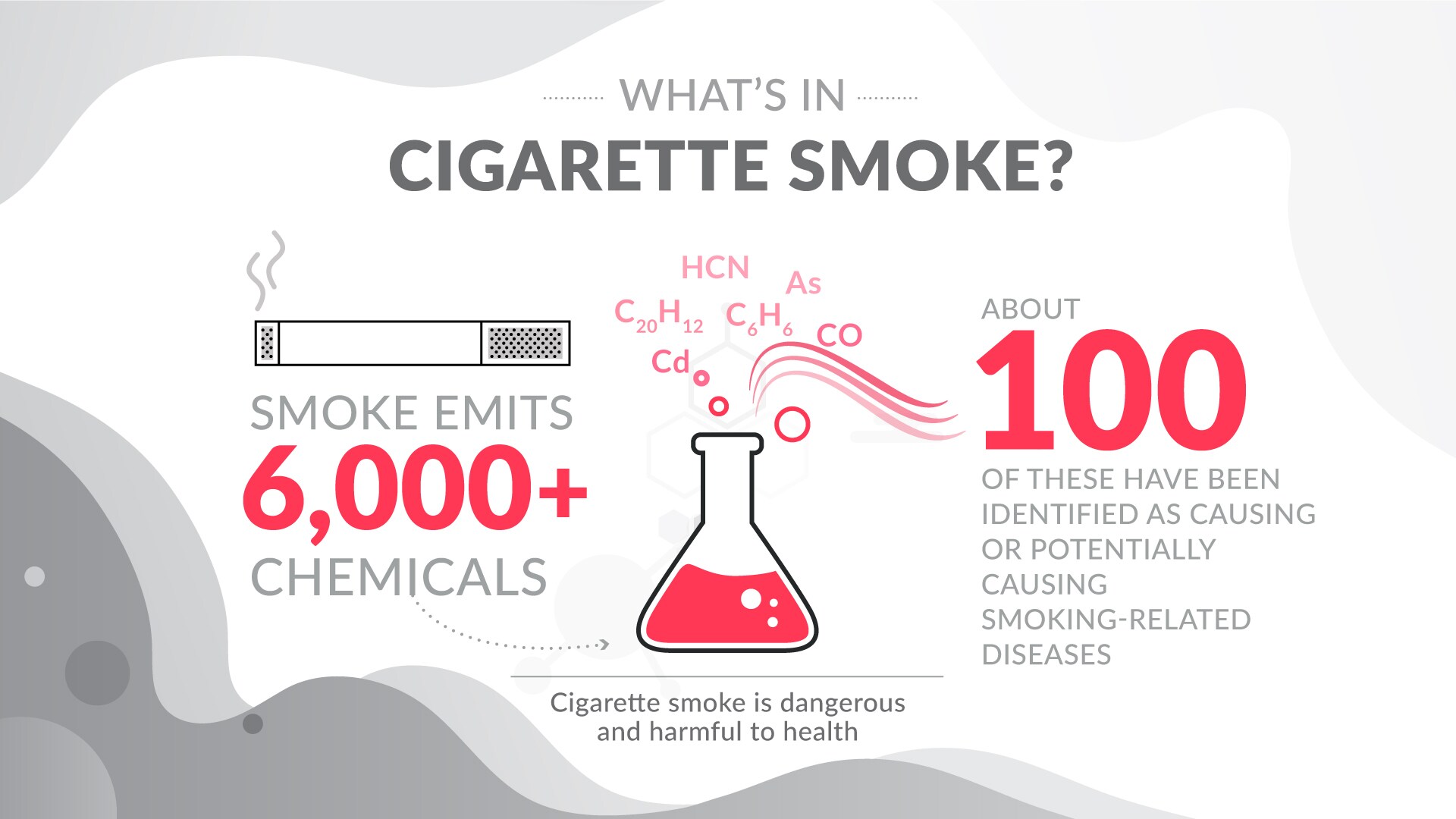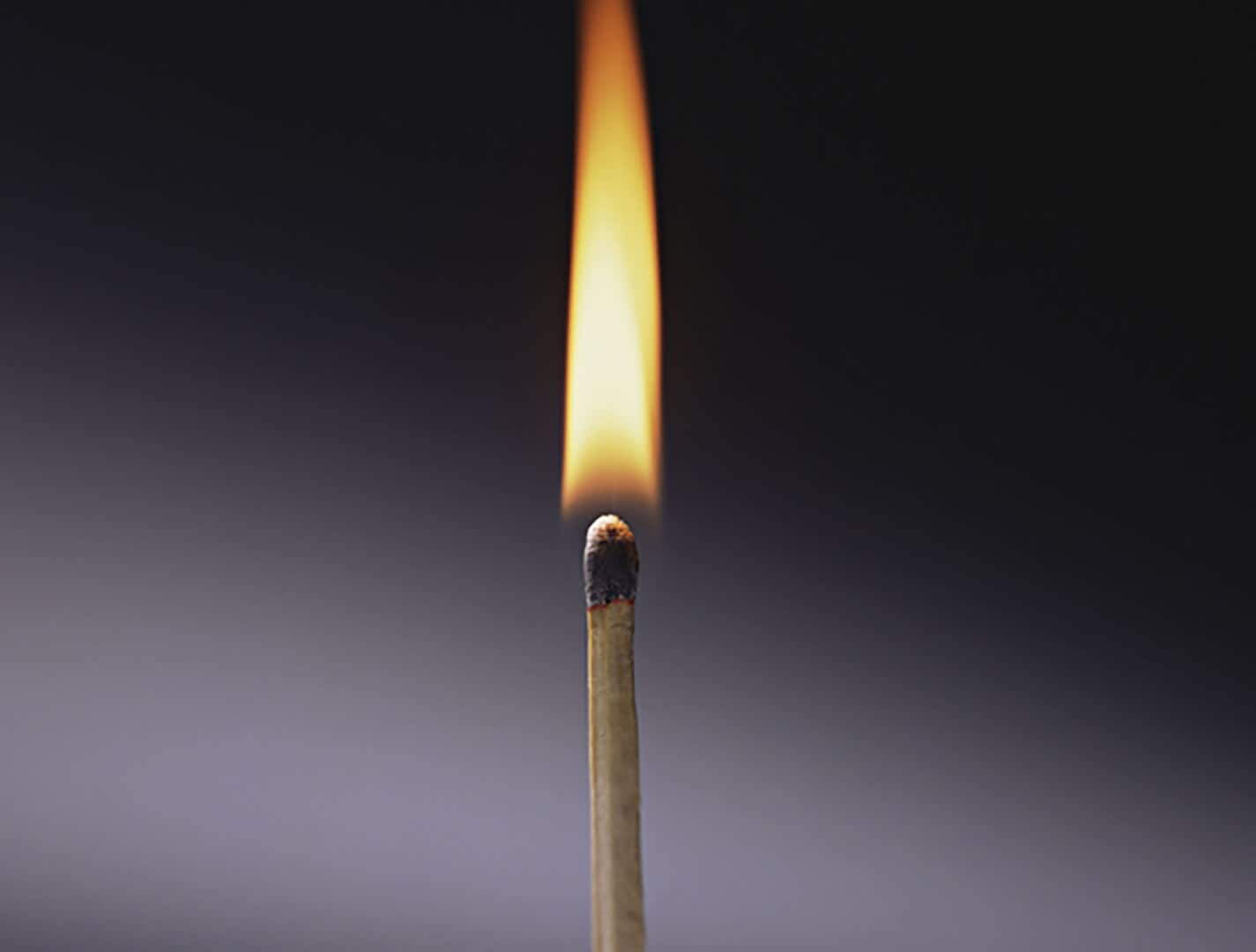The basic ritual of smoking is simple.
A smoker lights a cigarette, starting a high-temperature reaction known as burning, or combustion.
The consumer draws air through the lit cigarette for a certain number of puffs, until the tobacco leaves and paper are completely burned away, leaving only the ash.
The burning of the tobacco produces a complex mixture we call smoke.
What’s in cigarette smoke?
Cigarette smoke contains flavors from the tobacco blend, as well as nicotine that exists naturally in tobacco leaves. It’s these elements in the smoke that consumers enjoy while smoking.
However, the very same burning process that releases the tobacco flavors and nicotine also produces over 6,000 chemicals, of which about 100 have been identified as causes or potential causes of smoking-related diseases, such as lung cancer, cardiovascular disease, and emphysema.
We’ve found other ways to enjoy tobacco—without burning it
Since burning tobacco creates so many harmful chemicals, we asked our scientists and engineers to find other satisfying ways to deliver flavor and nicotine for current smokers.
Through years of research and development, we’ve developed a new class of breakthrough products that do not rely on the principle of burning—and which we believe are a much better choice than smoking.
Since none of these products burn tobacco, they don’t reach the high temperatures, above 600°C, needed to combust material and produce smoke. Instead, we have found several ways to produce a flavorful nicotine-containing aerosol that a consumer can inhale, but that has significantly lower levels of harmful chemicals than cigarettes.


